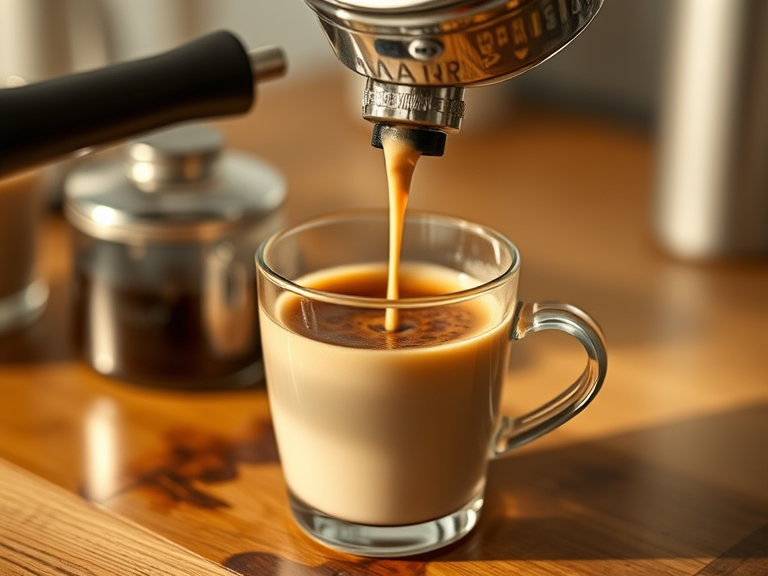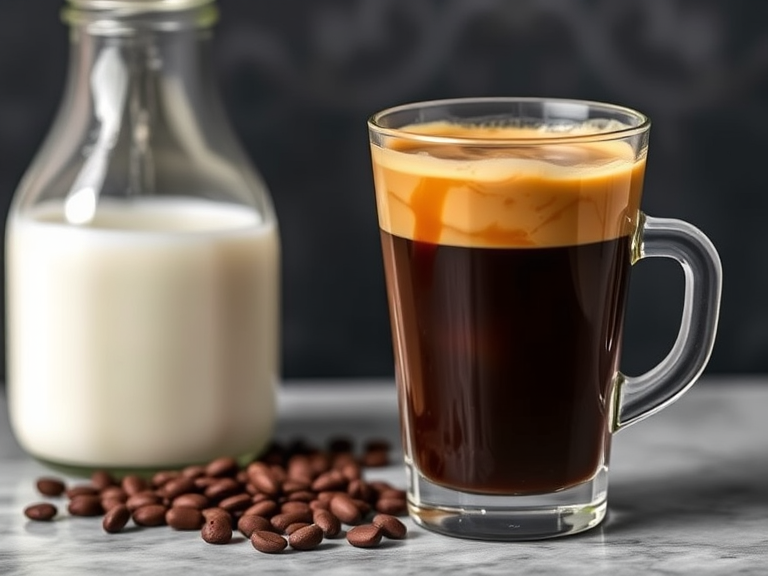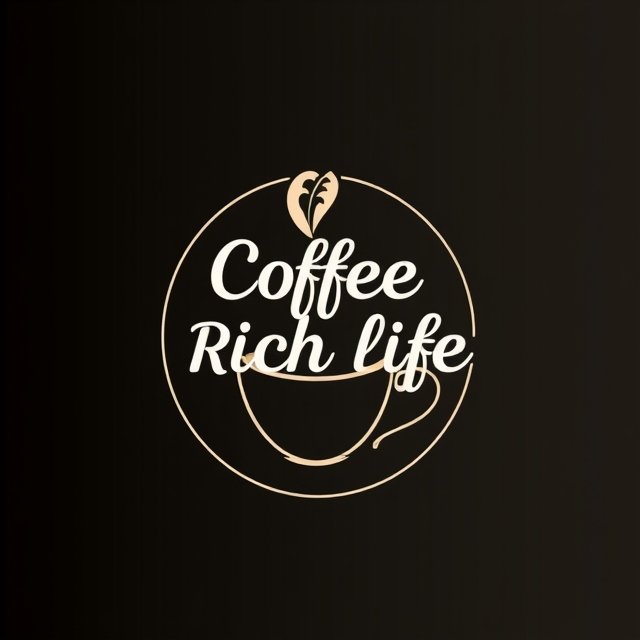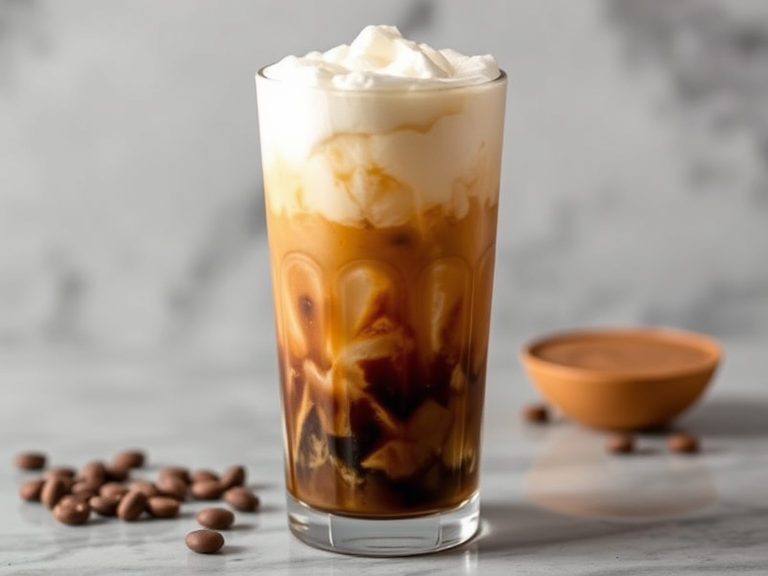Understanding the Basics of Iced Shaken Espresso
The iced shaken espresso has become increasingly popular among coffee enthusiasts looking for a refreshing yet potent caffeine boost.
This beverage combines freshly pulled espresso shots, ice, and optional sweetener, all vigorously shaken together to create a uniquely smooth and frothy drink.
The Caffeine Content Breakdown
A standard iced shaken espresso typically contains 2-3 shots of espresso. Each espresso shot delivers approximately 63-75mg of caffeine, meaning a typical serving packs between 126-225mg of caffeine.
This makes it a significantly stronger option compared to regular drip coffee, which usually contains about 95mg of caffeine per cup.
The Shaking Method’s Impact

The distinctive shaking method does more than just cool the espresso. When the hot espresso meets ice in a shaker, it creates micro-bubbles that give the drink its signature texture. This process also slightly dilutes the espresso, making it smoother and more palatable while maintaining its bold caffeine kick.
Comparing Caffeine Levels
- Regular Drip Coffee (8 oz): 95mg caffeine
- Single Shot Espresso: 63-75mg caffeine
- Iced Shaken Espresso (2 shots): 126-150mg caffeine
- Iced Shaken Espresso (3 shots): 189-225mg caffeine
The Role of Ice and Dilution
The ice in an iced shaken espresso serves multiple purposes. While it cools the drink, it also slightly dilutes the espresso, creating a more balanced flavor profile. However, this dilution doesn’t significantly impact the caffeine content, as caffeine doesn’t break down in cold temperatures.
Temperature’s Effect on Caffeine Impact
Cold coffee drinks like the iced shaken espresso might feel less intense than their hot counterparts, but the caffeine content remains largely unchanged. The cooler temperature simply affects our perception of the drink’s strength, not its actual caffeine content.
Customization Options
One of the benefits of iced shaken espresso is its versatility. Customers can customize their drinks by adjusting the number of espresso shots, choosing different milk options, or adding flavored syrups. Each customization can slightly affect the final caffeine content.
The Perfect Balance
The iced shaken espresso strikes an ideal balance between refreshment and caffeine boost. The shaking process creates a uniquely smooth texture while maintaining the espresso’s bold caffeine content, making it an excellent choice for those seeking both refreshment and energy.
Health Considerations
While the caffeine content in iced shaken espresso is significant, it’s generally safe for most healthy adults. However, individuals sensitive to caffeine should be mindful of the higher caffeine concentration compared to regular coffee drinks.
The Science Behind the Shake
The shaking technique creates a chemical reaction between the hot espresso and ice, resulting in a slightly different molecular structure compared to simply pouring espresso over ice. This process contributes to the drink’s distinctive taste and texture.
Time of Day Considerations
Due to its higher caffeine content, iced shaken espresso might be best consumed earlier in the day. The caffeine can stay in your system for several hours, potentially affecting sleep if consumed too late.
Popular Variations
Different coffee shops offer their versions of iced shaken espresso. Some add chocolate or vanilla flavoring, while others incorporate alternative milk options or additional espresso shots, each affecting the final taste and caffeine content.
Milk’s Impact on Caffeine Absorption

Adding milk to iced shaken espresso doesn’t reduce its caffeine content, but it can affect how quickly the body absorbs the caffeine. The proteins in milk can slightly slow down caffeine absorption, providing a more gradual energy boost.
Seasonal Appeal
While traditionally associated with warmer months, iced shaken espresso has become a year-round favorite. Its bold caffeine content and refreshing nature make it appealing regardless of the season.
Making It at Home
Creating iced shaken espresso at home requires an espresso machine, a shaker, and proper technique. The key lies in pulling quality espresso shots and shaking them vigorously with ice to achieve the signature texture.
Professional Barista Insights
Professional baristas often note that the quality of espresso used significantly impacts the final drink. Properly extracted espresso shots ensure optimal caffeine content and flavor profile in the iced shaken espresso.
Environmental Considerations
Many coffee shops now offer sustainable options for iced shaken espresso, such as reusable cups and straws, making it an environmentally conscious choice for caffeine enthusiasts.
The Economics of Energy

Compared to energy drinks and other caffeinated beverages, iced shaken espresso offers a more natural source of energy. The combination of caffeine and natural coffee compounds provides a more balanced energy boost.
Global Popularity
The drink’s popularity has spread globally, with different regions adding their unique twists while maintaining the core elements of espresso and the shaking technique.
Customer Demographics
Market research shows that iced shaken espresso appeals to a broad age range, particularly among young professionals and students seeking a refreshing caffeine boost.
Social Media Impact
The visually appealing layers and frothy top of iced shaken espresso have made it a popular subject on social media platforms, contributing to its growing popularity.
Storage and Serving
Unlike some coffee drinks, iced shaken espresso is best consumed immediately after preparation to maintain its signature texture and optimal caffeine impact.
Comparative Cost Analysis
While slightly more expensive than regular coffee due to its preparation method and ingredients, iced shaken espresso offers good value considering its caffeine content and unique drinking experience.
Training Requirements
Baristas typically require specific training to perfect the iced shaken espresso technique, ensuring consistent quality and caffeine content in every serving.
Future Trends
The beverage continues to evolve with new variations and preparation methods, though the core appeal of its bold caffeine content remains constant.
Frequently Asked Questions
Q: How much caffeine is in a typical iced shaken espresso?
A standard iced shaken espresso contains between 126 and 225mg of caffeine, depending on the number of espresso shots used.
Q: Can I customize the caffeine content in my drink?
Yes, you can adjust the number of espresso shots to increase or decrease the caffeine content.
Q: Is iced shaken espresso stronger than regular coffee?
Yes, iced shaken espresso typically contains more caffeine per serving than regular drip coffee.
Q: Does adding milk reduce the caffeine content?
No, adding milk doesn’t reduce the caffeine content, but it may slow down caffeine absorption.
Q: Can I make iced shaken espresso at home?
Yes, with an espresso machine and proper equipment, you can create this drink at home.
Conclusion
Iced shaken espresso indeed packs a bold caffeine punch, offering between 126-225mg of caffeine per serving.
Its unique preparation method creates a smooth, refreshing beverage that delivers its caffeine content in a more palatable form than traditional espresso.
While the shaking process and ice dilution might affect the taste and texture, the caffeine content remains potent, making it an excellent choice for those seeking a refreshing energy boost.
The drink’s customizable nature, combined with its significant caffeine content, has contributed to its growing popularity among coffee enthusiasts worldwide.
Whether enjoyed for its energizing properties or its unique taste experience, iced shaken espresso continues to prove itself as a worthy choice for caffeine seekers who prefer their coffee cold and sophisticated.

